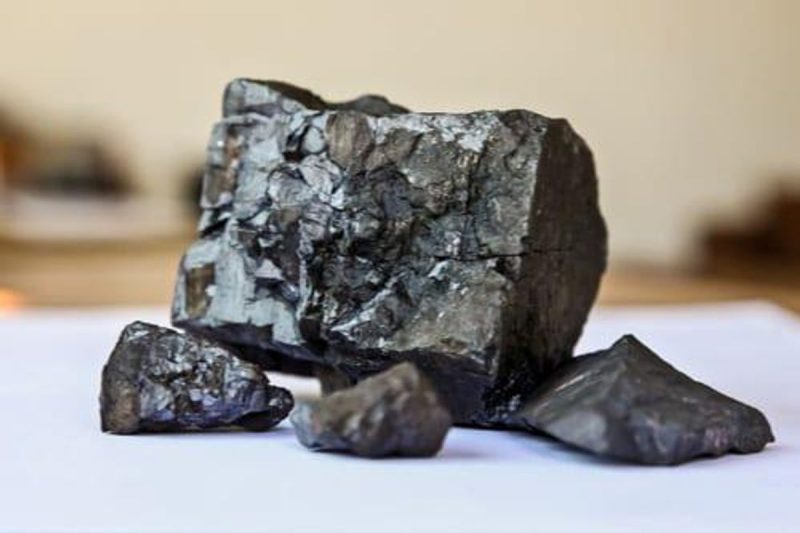Manganese is a vital mineral used as an alloy and as a raw material in the steel industry. With its unique properties of enhancing corrosion resistance, strength, and toughness, market demand for manganese is expected to remain strong in the coming years. According to a recent market research report, the global manganese market is projected to reach USD 83.8 billion by 2024. In this article, we take a look at the top trends that will impact the manganese market during the forecast period.
The first trend that is likely to impact the manganese market is an increase in the application of manganese in various end-use industries. Manganese is used widely in a range of industries such as automotive, construction, and energy. Growing construction and automotive industries in the Asia Pacific region are likely to enhance market demand for manganese in the coming years. Technologies such as stainless steel, cast iron, and aluminum bronze, where manganese is an essential alloying element, are also expected to contribute to the market growth.
Moreover, increasing research and development activities in the development of novel and enhanced manganese-finishing technologies are expected to further propel the demand for manganese in the near future. For instance, researchers at McMaster University are working on a new manganese-finishing technology that uses a dual-laser process and has shown potential to reduce processing times and energy consumption when compared to traditional manganese-finishing methods.
The cost of production is another factor that will influence the market over the forecast period. In order to keep up with the growing market demand, manufacturers are focusing on adopting efficient production processes which can reduce production costs. This includes the use of advanced technologies such as automation, which lowers labor costs and increases productivity. Moreover, the increased adoption of renewable energy sources by manufacturers is projected to reduce their energy costs.
The increasing demand for manganese-blended steel also looks to be a key driver of the manganese market growth. Manganese-blended steel is usually preferred for applications that require corrosion resistance and corrosion protection. It is also being used increasingly in the automotive and construction industries due to its high strength-to-weight ratio and low cost.
Furthermore, the growing trend of electric vehicles and the need for high-grade steel components in them is likely to contribute to increased demand for manganese. In the electric vehicle industry, high-grade steel components such as motors, gearboxes, frames, and suspension parts require high manganese content. This, in turn, is expected to propel the manganese market growth.
In conclusion, an increase in the application of manganese in various end-use industries, ongoing research and development activities, the cost of production, and the increasing demand for manganese-blended steel and electric vehicles are expected to drive the manganese market over the forecast period. With the Advent of advanced production processes, it looks like the manganese industry is set for a bright future ahead.






